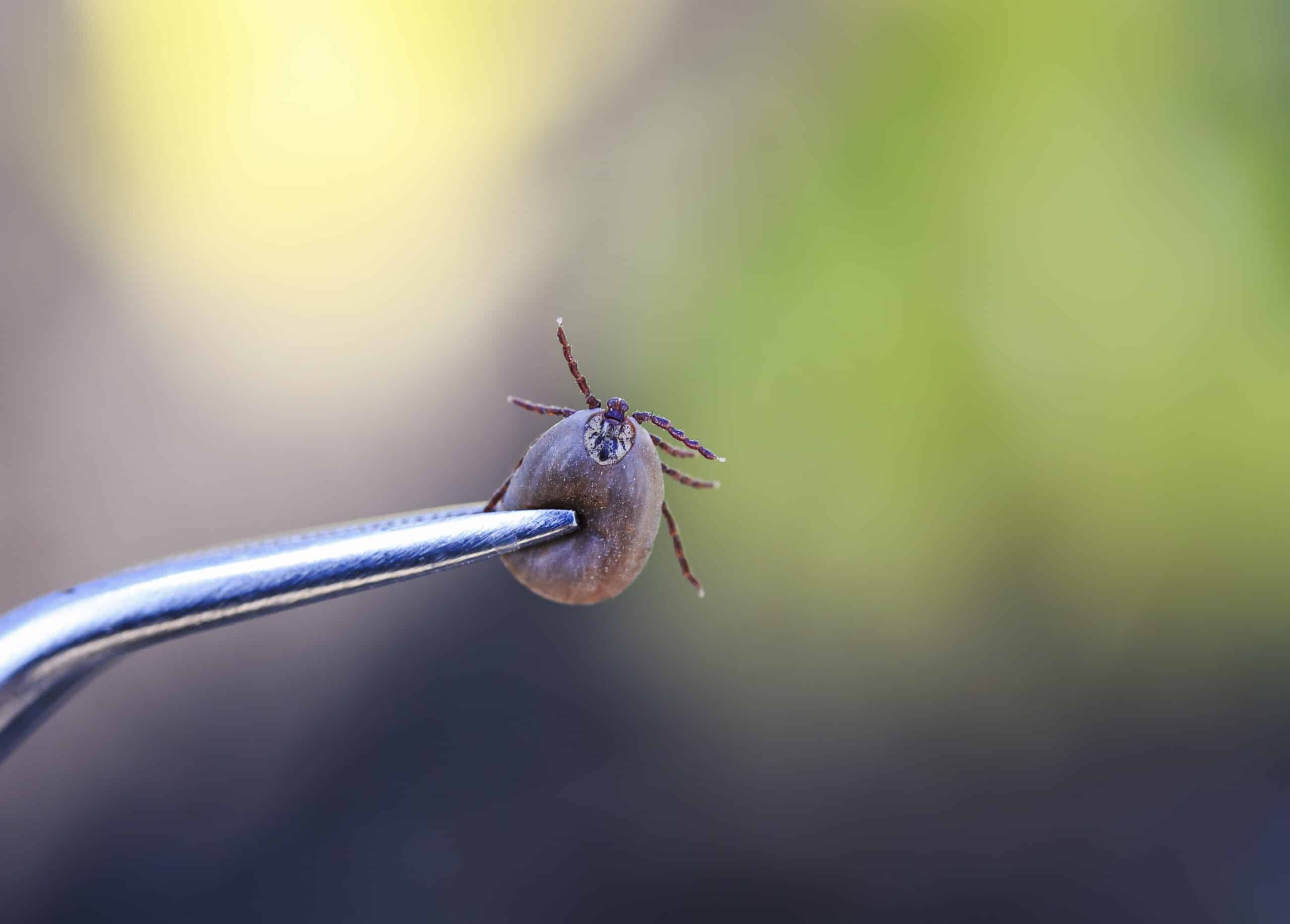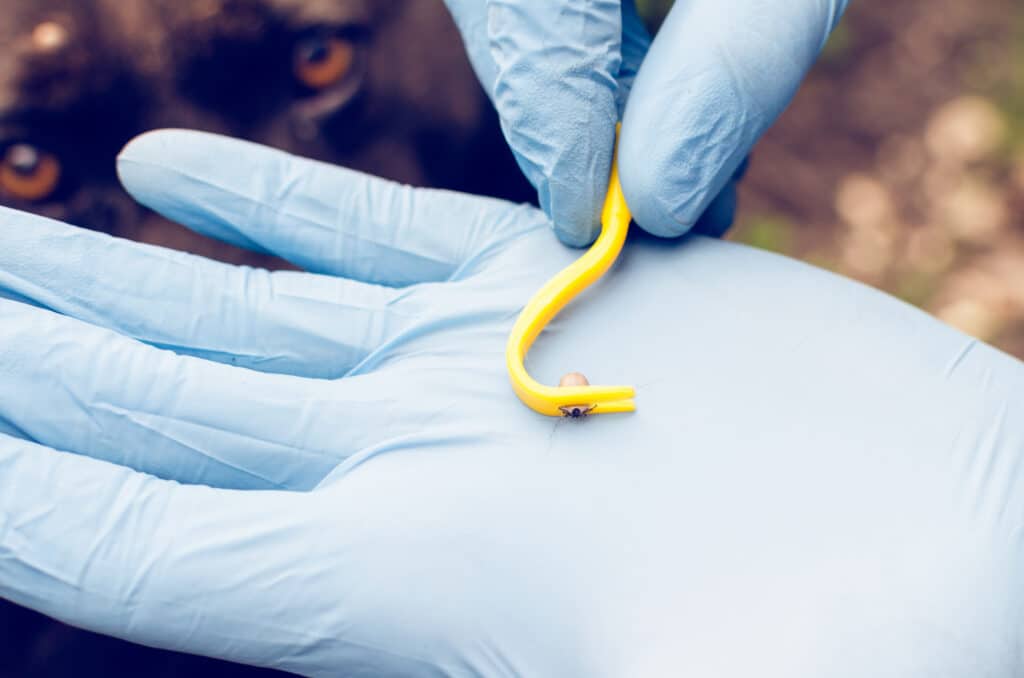
How to Remove a Tick
Prevent Tick-Borne Diseases
Finding a tick feasting on you, a family member, or furry friend can be shocking and scary. However, as long as the feeding tick is removed within 24 hours, the risk of disease transmission is low. To prevent tick bites, it’s best to inspect yourself and others after spending time traveling through the wilderness or heavily wooded areas by foot.The most common ticks sighted in Tennessee are dog ticks, deer ticks, and lone star ticks, which can carry diseases such as Lyme disease, Rocky Mountain spotted fever, tularemia, and the protein that causes Alpha-gal allergies. There are several ways to remove a tick, but not all of the methods you find on the internet are safe for the individual you’re removing it from.

How to Remove a Tick
If you find a tick attached to you, a family member, or pet, it’s important to remove it properly and promptly to reduce disease transmission risk.
Safe Tick Removal Methods
Remove with Tweezers (CDC Recommended Method)
- Use fine-tipped tweezers to grasp the tick as close to the skin’s surface as possible
- Apply steady, even pressure and pull upward
- Avoid twisting or jerking the tick, which can cause mouthparts to break off in the skin
- If the head remains embedded, try removing with clean tweezers or leave it alone and let the skin heal
- Clean the bite area with rubbing alcohol, soap and water
Suffocation Method
While not as quick or recommended as the tweezers method, applying petroleum jelly (Vaseline) can eventually cause the tick to detach:
- Cover the tick completely with petroleum jelly
- Wait for the tick to detach (may take time, increasing disease transmission risk)
- Once detached, clean the bite area thoroughly
- Save the tick for potential testing
After Tick Removal
- Clean the bite site thoroughly with soap and water, rubbing alcohol, or iodine
- Save the tick in a sealed container or taped to a notecard for identification if symptoms develop
- Monitor the bite site for several weeks for signs of infection or rash
- Watch for symptoms like fever, rash, fatigue, or joint pain in the weeks following

Schedule a Free Inspection
Our knowledgeable pest technicians can help identify tick risk areas on your property and develop a customized prevention plan. We use effective, family-friendly solutions to reduce tick populations where you live, work, and play.

